Medieval Garden
scarletdaisies
14 years ago
Related Stories
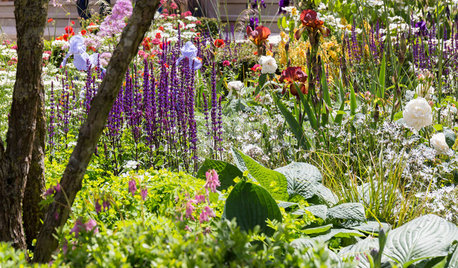
TASTEMAKERSA ‘Medieval Contemporary’ Garden Takes the Silver at Chelsea
This colorful show garden inspired by a Gothic cathedral brings the brilliance of stained glass to Britain's biggest flower show
Full Story
HOUZZ TOURSMy Houzz: Step Inside a Converted Medieval Priory
The owners of this historical property have used vintage finds and a playful style to create a welcoming family home
Full Story
HOMES AROUND THE WORLDHouzz Tour: A Medieval Palace With an Art Deco Twist
Eltham Palace is hailed as an architectural masterpiece, but the 1930s modernization of this historic home was controversial
Full Story
HOUZZ TOURSMy Houzz: Medieval Meets Contemporary in Montreal
Dark wood finishes and towering sculptures mix with new touches and modern technology for a look that spans genres
Full Story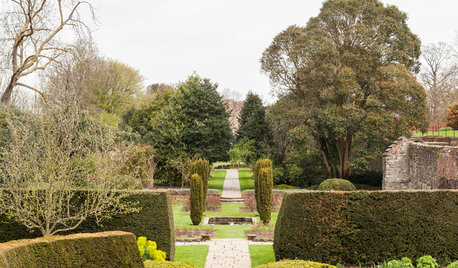
HOMES AROUND THE WORLDGarden Tour: A Rich History Is Revived at Eltham Palace
This classic English garden mixes medieval relics with 1930s style
Full Story
ARCHITECTURE6 American Takes on Tudor Style
Classic elements and modern twists create plenty of variations on this medieval architectural style
Full Story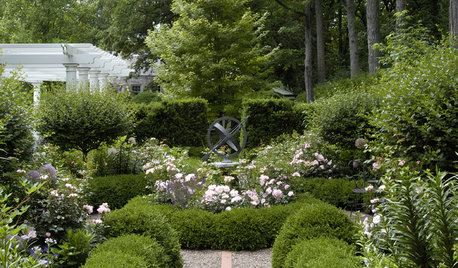
LANDSCAPE DESIGNDefine Your Garden Softly With Planted Borders
Why make things hard for your garden's edges? Embrace a softer side by trading brick and concrete for shrubs, grasses and ground covers
Full Story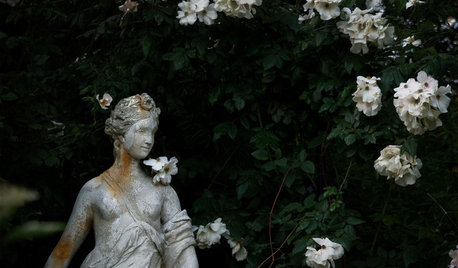
LANDSCAPE DESIGNGet the Mystery of a Gothic Garden for Yourself
Create an enchanting and tranquil scene with the stonework and wayward plantings of Gothic garden design
Full Story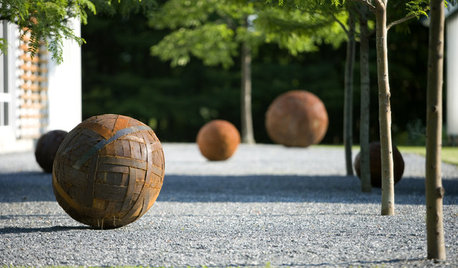
LANDSCAPE DESIGNWhat Kind of Gardener Are You? Find Your Archetype
Pick from our descriptions to create a garden that matches your personality and tells your story
Full Story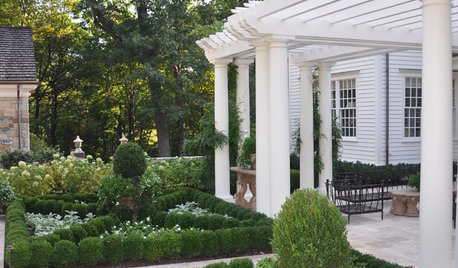
GARDENING AND LANDSCAPINGCream-of-the-Crop Vegetable Gardens
Both trendy and traditional, these inspired potager designs turn the everyday vegetable garden into art for your landscape
Full Story





nycynthias
tishtoshnm Zone 6/NM
Related Professionals
Elwood Landscape Architects & Landscape Designers · Owings Mills Landscape Architects & Landscape Designers · Salem Landscape Architects & Landscape Designers · Willowick Landscape Architects & Landscape Designers · Burlington Landscape Contractors · Azalea Park Landscape Contractors · Davidson Landscape Contractors · Downey Landscape Contractors · Fort Atkinson Landscape Contractors · Holtsville Landscape Contractors · Lees Summit Landscape Contractors · Pomona Landscape Contractors · South Hackensack Landscape Contractors · Tacoma Landscape Contractors · Redlands Swimming Pool Buildersmaozamom NE Ohio
scarletdaisiesOriginal Author
scarletdaisiesOriginal Author
girlgroupgirl
scarletdaisiesOriginal Author
friedabyler
friedabyler
chickadeemelrose
scarletdaisiesOriginal Author
teadye
scarletdaisiesOriginal Author
lavender_lass
scarletdaisiesOriginal Author
lavender_lass
scarletdaisiesOriginal Author
krycek1984
scarletdaisiesOriginal Author